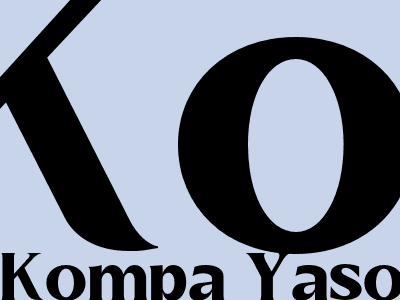
Kompa Yaso: A Rich Tradition of Haitian Folklore
Origins and Spirituality
Kompa Yaso, a captivating musical and spiritual practice, emerged in the 19th century within the Haitian Vodou community. Deeply rooted in African traditions, it serves as a bridge between the physical and spiritual realms, allowing practitioners to commune with spirits and ancestors through music, dance, and ritualistic practices.
Practitioners believe that the spirits, or "lwa," inhabit the natural world, influencing events and human lives. Kompa Yaso rituals create a sacred space where individuals can connect with these entities, seeking guidance, healing, and protection.
Music and Dance
Music
Kompa Yaso music is characterized by its distinctive rhythms, intricate melodies, and polyphonic harmonies. Performers use a variety of traditional instruments, including drums (manman), rattles (chak-chak), and bamboo flutes (vaksen).
The music's hypnotic rhythms, layered over complex melodic structures, create a trance-like state that facilitates spiritual connection. Songs are often sung in Haitian Creole, invoking the spirits and conveying messages of faith and supplication.
Dance
Kompa Yaso dance is a dynamic and expressive form of movement that complements the music. Dancers adorn themselves in elaborate costumes, adorned with vibrant colors and intricate beadwork. They perform choreographed sequences, embodying the spirits they represent.
The dance movements are fluid and graceful, mimicking the natural world and the specific qualities of the invoked spirits. Through dance, practitioners become vessels for the lwa, allowing them to interact with the physical realm.
Rituals and Ceremonies
Kompa Yaso rituals are performed in sacred spaces, often called "hounfors." These rituals involve a series of steps aimed at honoring the spirits and facilitating communication with them.
Offerings of food, drink, and other symbolic items are made to the lwa, accompanied by prayers, songs, and dances. Practitioners enter a trance-like state, allowing the spirits to possess their bodies and deliver messages or guidance.
Kompa Yaso ceremonies are often held on special occasions, such as religious holidays or personal milestones. They provide a sense of community and belonging, reinforcing the bonds between practitioners and the spirits they venerate.
Cultural Significance and Legacy
Kompa Yaso holds immense cultural significance in Haiti, transcending religious boundaries and becoming an integral part of the nation's identity. It is a living tradition, continuously passed down through generations.
Its music, dance, and rituals embody the rich history, spirituality, and resilience of the Haitian people. Kompa Yaso has been recognized by UNESCO as an Intangible Cultural Heritage of Humanity, further solidifying its importance within Haitian culture.
Conclusion
Kompa Yaso is a testament to the enduring power of tradition, bridging the gap between the physical and spiritual realms. Through its captivating music, expressive dance, and sacred rituals, it provides a unique and profound connection to the spirits and ancestors for the Haitian people. As a living cultural heritage, Kompa Yaso continues to inspire, uplift, and connect generations, leaving a lasting impression on the cultural landscape of Haiti.